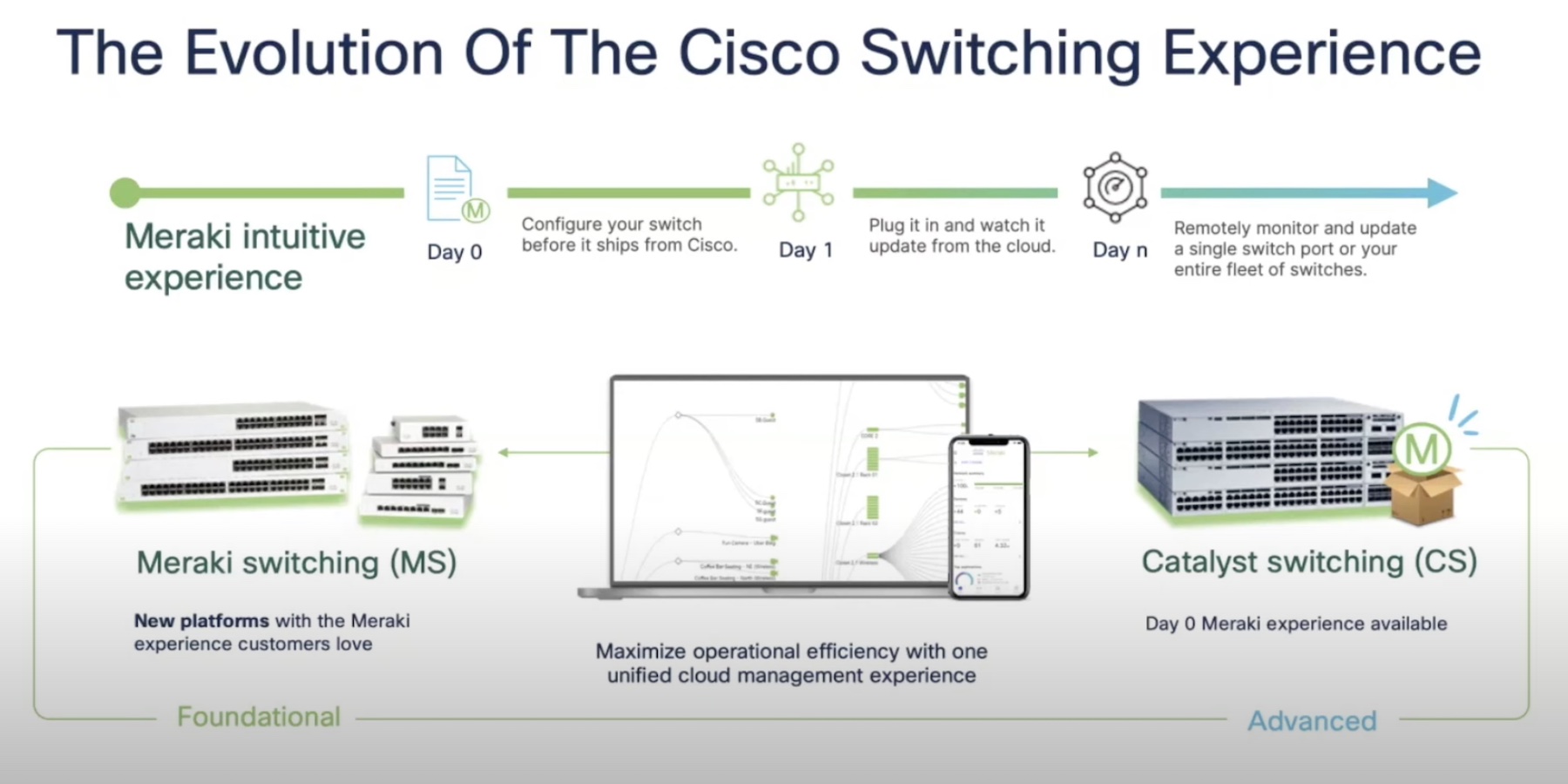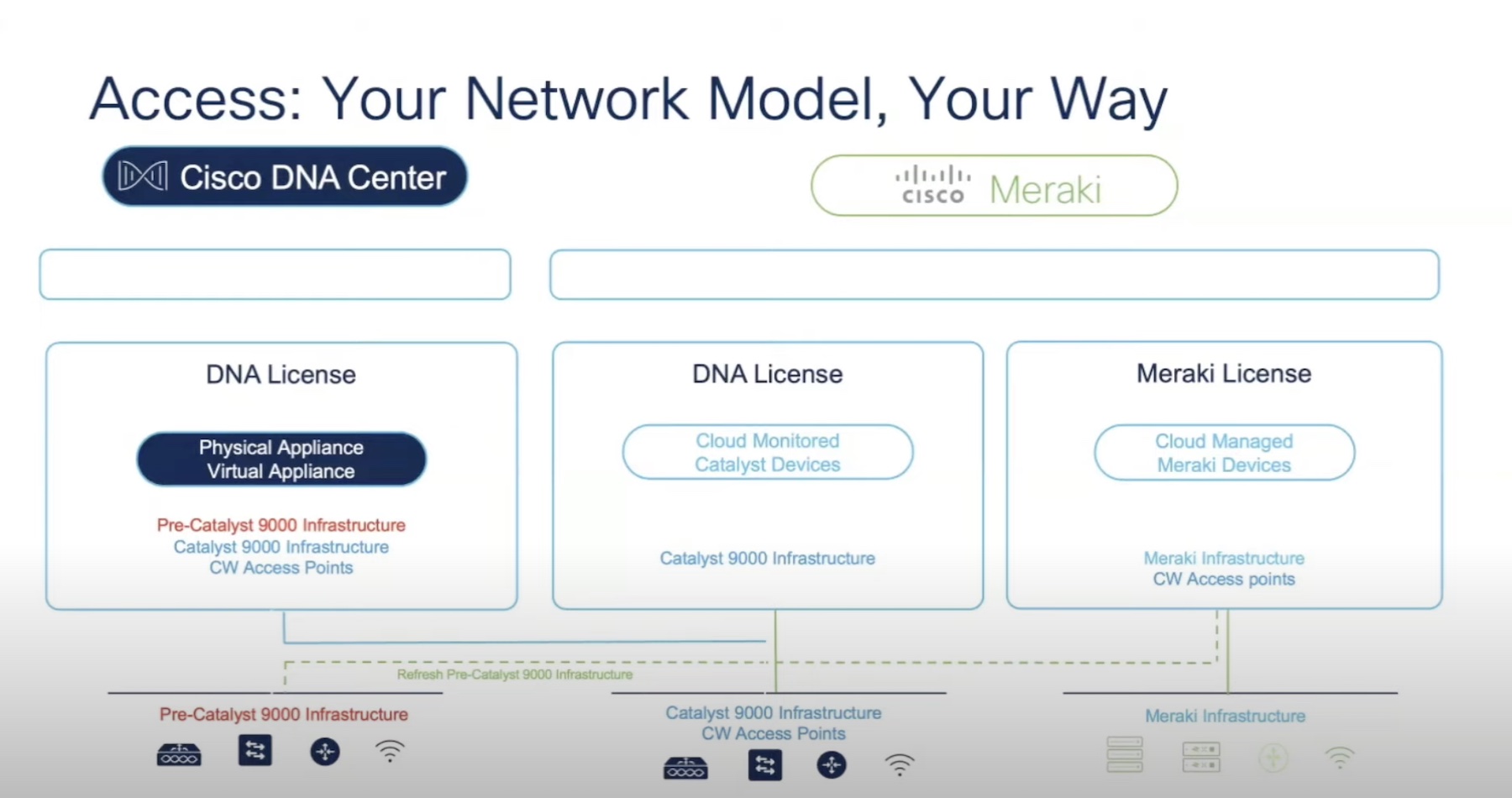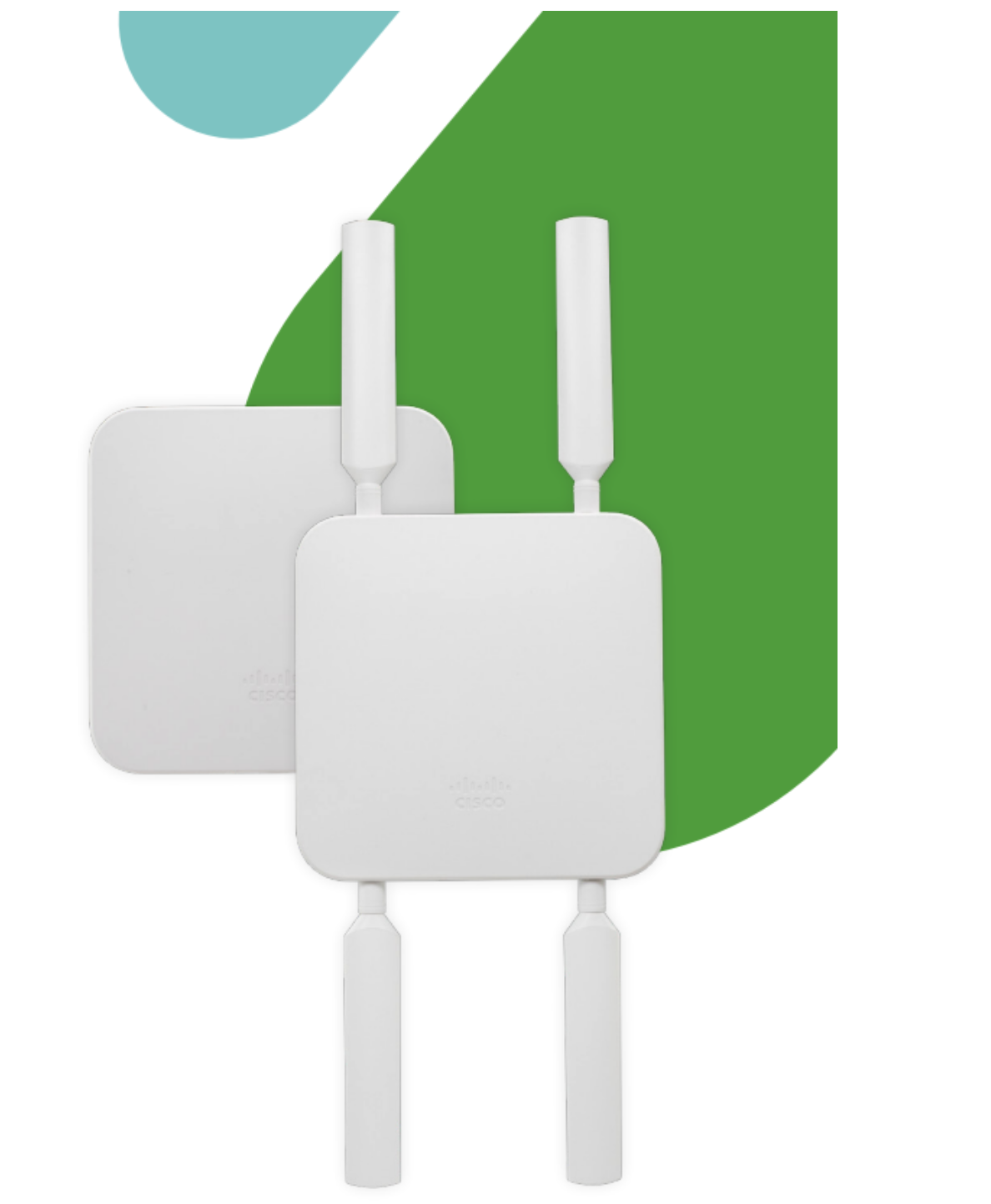We’ve all been collecting analytics of some kind for a long time. If you run a network you probably get switchport utilization, router CPU usage, and routing events from your gear. If you run compute resources, you get memory utilization, disk usage, and CPU usage across your nodes. This is not a foreign concept by any means, but analytics means something more today.
In today’s business, we want to see analytics that are deeper and more meaningful. Instead of a graph showing the port utilization of the firewall, we want to see the bursts of data and what’s causing them. Instead of just showing CPU spikes on our hosts, we want to see what is causing this one container to go crazy on the processor. This requires gathering data from a number of points, running that data through algorithms of some sort, and showing us information that we consider important.
These data points are the important pieces in this whole process. Having the right sources in place is part of what makes this new information meaningful. Sometimes, this means thinking outside the box when it comes to where and how you pull your data. Convenience stores have temperature gauges in their refrigerators and level meters in their gas tanks. This is something that’s been in place for years in that industry, and the modern world is now trying to integrate these more-traditional data points to make sure we have the right information available to us. This means gathering data in ways we’ve never thought of.
Let’s take another look at something that we all have in our business — security cameras. Traditionally, we have a group of cameras connected to a video recorder of some kind that records the video clips that each camera sees. Users run some client software to view them, and we’re able to see the video we want. We can see clips of that one developer getting denied entry to the server room, that technician in the data center swapping out hardware in a remote data center, or even watch people go in and out of the front door during normal business hours. If we are able to integrate cameras with systems like our badge readers, we can do really extraordinary things like send the security team a video of that developer trying to get places he should be going. Or, perhaps, the camera can be smart enough to know that an event is happening and do something about it.
A New Approach

What if we looked at security cameras in a completely different light, though? What if the camera becomes something else? Enter the Cisco Meraki Motion Search 2.0 software features for MV cameras. This package takes video to another level for the second-generation MV cameras (MV12, MV22, MV72, and MV32 as of this writing).
When discussing camera analytics here, we’re not talking about traditional camera usages like security and safety. We’re talking about using the camera as a sensor in the same way as your motion sensors or refrigerator temperature sensors. The metadata and crunched numbers on your video now can provide real data points as analytics. This is something that cameras have not really done in the past, and this outside-the-box thinking has created a powerful product line.
If you run a retail store, you don’t want to stare at video all day long to figure out where your customers are lingering on the sales floor. Cameras can now produce a new data point by watching customers continually and showing you in a heat map on your floor plan. They can watch the pixels, do some fancy math, and provide you with some context around what you’re seeing. Let’s say there’s a pile of boxes in the storage room that have moved for some reason. With Motion Search, you can select the boxes from a frame, and search all your cameras for events related to those boxes. That is, Motion Search can look through all your video feeds and show you clips of when your cleaning company found those boxes, decided they were trash, and threw them away without asking you. This is all done very quickly and easily from the same Meraki dashboard we’re all used to.
As George Bentinck, Product Manager for Cameras at Meraki told a group at Tech Field Day Extra Cisco Live US, Cisco Meraki wanted to take the things that Meraki is good at – expertise in cloud, distributed computing, and user experience design – and build a whole new camera system. This system is not focused on the video, per se, but focuses on the fact that the value is in the analytics of the video. When the contents of the video are processed with a machine learning (ML) algorithm, you can begin to see a myriad of new data points that weren’t possible not long ago.
The video itself definitely still has value, but we’re taken back to the problems of those traditional systems. We can search for date and times to find clips, but that takes a lot of time to execute. What if, instead, we never see the video? A very powerful feature called Motion Recap can summarize camera activities in a single frame, showing you the whole timeline of the event in one shot. Instead of seeing a video clip where one of your data center technicians is swapping out a server, you can see a single, composite image that shows the technician entering the cage, unracking the server, racking the new one, and leaving. You can see all time contexts at once without having to fast forward or rewind the video. This is a time-saver over having to review the video each time a technician shows up on-site.
Let’s talk about something that’s even more data-oriented. Making sure everyone is accounted for in your building is important for safety and security, but, like we said, no one wants to track how many people have gone in and out today. We try to have a sign-in log at the front desk in the lobby, but no one uses it properly; they either don’t sign in or don’t sign out. If the data isn’t accurate, then why even collect it at all? Let’s let this mature, ML-based camera system track the number of ins and outs for us.
The MV Sense API is built into the second-generation cameras to allow third-party applications to query the data that the ML algorithms on the camera have provided. This can be a historical aggregate (how many people were there yesterday at noon?), a current snapshot (how many people are there now?), and even a real-time feed of people and light levels. If a storm is rolling outside of your store, your smart lights can now be turned on when the light levels in the store fall below a certain threshold. If you have a sudden surge of people in the store, the manager can be alerted to make sure you have adequate coverage. If the cash register is open when there are no people in line, someone probably wants to know.
This ML algorithm is very powerful, but the Cisco Meraki team is implementing it a bit differently. Typically, ML is done in the cloud, where you send data out to the cloud applications and get back the data you need. The MV series of cameras actually does most of their processing on the camera itself, only sending metadata to the cloud for some processing. When you want to know the number of people in the room at this moment, you’re asking the camera directly. This is a lot of processing for a small package, and the Cisco Meraki team has spent a lot of time optimizing the features for the Qualcomm Snapdragon System-on-a-Chip (SoC) that make up the hardware on the second-generation MV cameras.
Since this video and crunched data is on the camera itself, proxying the data out through the cloud could be a waste of bandwidth. When you fire up the camera in the Meraki dashboard, it first tries to connect to the camera directly. If you can turn up an HTTPS connection to the camera, the dashboard just uses that connection to do its magic. If you’re remote, then you and the camera are proxied together. This means that the user experience is the same for both local and remote users.
We’ve been doing analytics for a long time, but with modern devices and solutions, we can get more and more data from our camera systems. Whether this be as simple as turning on lights at the right time or as complex as suggesting staffing levels based on foot traffic, the Cisco Meraki MV cameras can provide the data points that business need to make proper decisions.




